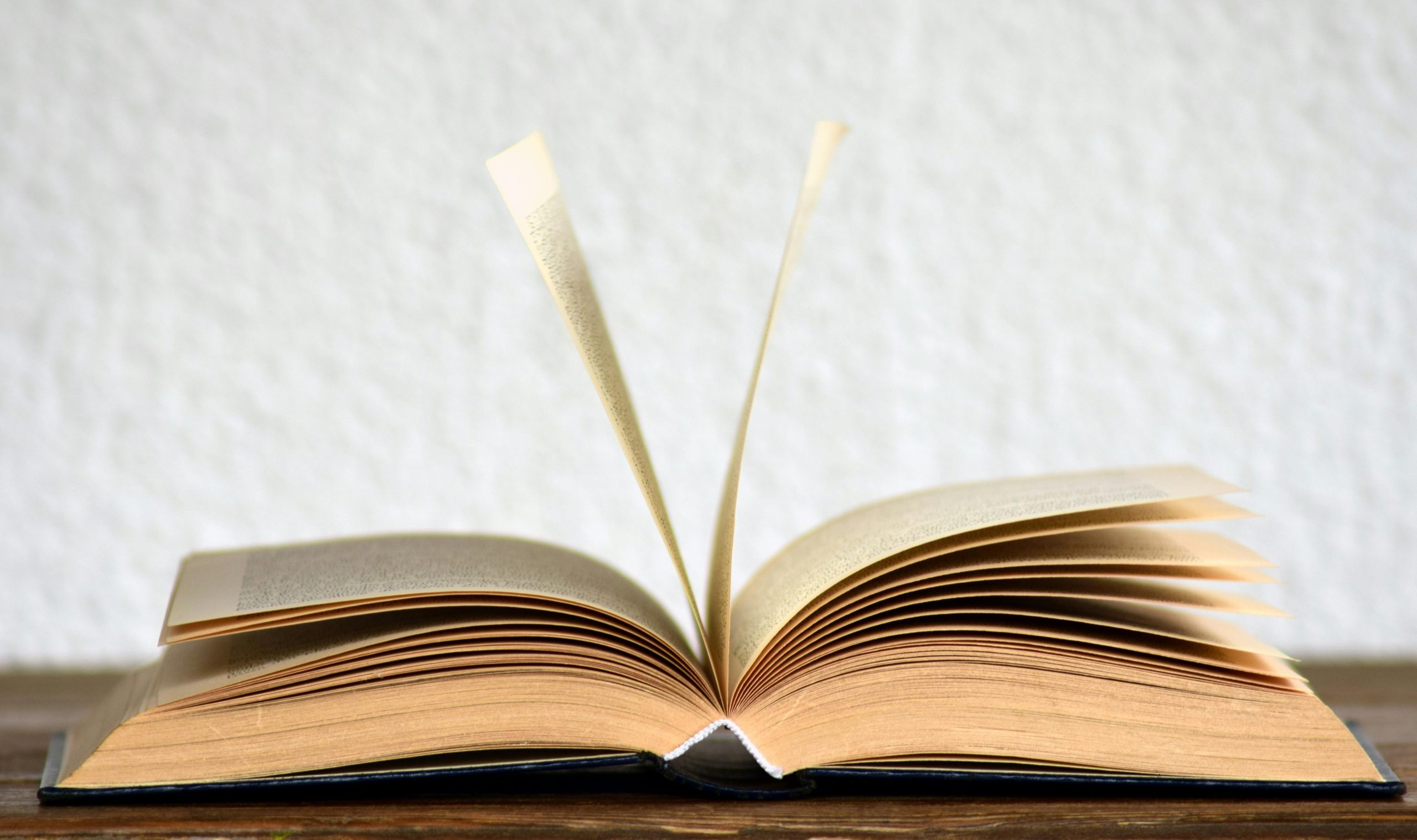Chinese novels blend rich history with complex storytelling, spanning genres like wuxia, romance, and fantasy. From legendary classics to modern hits, these works shape literature and culture across Asia. Explore the authors, themes, and where to find authentic translations that bring these captivating narratives to life. Whether you’re a beginner or a devoted reader, this guide unlocks the essential Chinese novels you need to know.
Overview of Major Chinese Novels and Their Cultural Significance
The six classic Chinese novels are regarded as foundational texts in Chinese culture and world literature, shaping storytelling, opera, art, and modern media. These works, such as Romance of the Three Kingdoms and Journey to the West, exemplify narrative complexity and language sophistication. Their influence extends beyond literature, permeating traditional Chinese opera, visual arts, and contemporary media like films and graphic novels.
Also to read : How Can Recent Trends in UK News Influence Political Decisions?
The grouping of these six novels emerged as a scholarly construct in the twentieth century, notably influenced by C. T. Hsia’s 1968 analysis. Published during the Ming and Qing dynasties, these stories reached all societal levels through reading, oral storytelling, opera, and visual arts, lingering into today’s popular culture.
These novels are typically lengthy, composed of over 100 chapters with intricate structures and social critique. They blend vernacular and classical Chinese, reflecting societal values, political themes, and moral lessons. Influencing later fiction and cultural expression, they established the novel as a respected literary form that continues to inspire readers worldwide.
Also read : How Can Recent Trends in UK News Influence Political Decisions?
You can view more details on this page: Chinese novel platform for avid readers
Historical Development and Authorship of Classic Chinese Novels
Early Life and Publication History
Classic Chinese literature saw a transformative period during the late Ming and early Qing dynasties with the emergence of influential historical Chinese writings. These iconic ancient Chinese epics often found audiences in manuscript form long before any standardized edition appeared. Most renowned Chinese stories, such as Romance of the Three Kingdoms and Water Margin, existed in multiple variants and circulated widely even before confirmed authorship or fixed texts. Commercial printing’s rise meant traditional Chinese narrative fiction achieved unparalleled distribution across diverse social classes and regions.
Key Authors and Their Contributions
The authorship of classic Chinese novels remains debated today. Luo Guanzhong and Shi Nai’an are widely acknowledged for contributions to the development of traditional Chinese narrative fiction and iconic ancient Chinese epics. However, questions linger about their actual historical identities. Their works embedded elements of influential historical Chinese writings, and their narratives have shaped the conventions seen in renowned Chinese stories. These writers introduced stylistic features, including irony and layered satire, which would inform generations of classic Chinese literature.
Editorial Changes and Annotations Over Time
Editorial practices in the late Ming and Qing periods dramatically reshaped the form and content of classic Chinese literature. Commentaries and annotations, frequently published alongside the main texts, provided interpretive frameworks rooted in poetry, philosophy, and painting. Such engagement helped elevate renowned Chinese stories from folk entertainment to scholarly respectability. Standardized editions, established through editorial rigor, turned once-fluid narratives into influential historical Chinese writings, preserving them for analysis, adaptation, and ongoing global interest.
Structural and Thematic Features of the Six Classic Novels
Narrative Structure and Chapter Organization
The six works that define classic Chinese literature often exceed 100 chapters, arranged in episodic narrative blocks usually segmented in tens, which support interconnected yet semi-independent stories. This organization enables traditional Chinese narrative fiction to maintain a balance between sweeping iconic ancient Chinese epics and meticulous day-to-day details. Symmetrical patterns in plot progression mirror seasonal cycles or geographical journeys. Authors relied on both vernacular and classical Chinese, amplifying the accessibility and reach of these influential historical Chinese writings throughout East and Southeast Asia.
Common Motifs and Symbolism in Chinese Novels
Recurring images and symbols bridge the worlds of well-known Chinese romance tales, popular Chinese fantasy sagas, and significant Chinese martial arts novels. Dragons, immortals, and legendary weapons populate these stories, conveying deeper meanings while underscoring the role mythology and philosophy play in shaping narratives. The use of character archetypes, ritualized confrontations, and cycles of exile and return demonstrates how traditional motifs persist in both best contemporary Chinese love stories and acclaimed Chinese BL literature.
Use of Mythology, Folklore, and Philosophy
The interplay between folklore and the narrative drives many renowned Chinese stories. Legends and popular beliefs provide context for supernatural interventions, spiritual quests, and moral dilemmas. Neo-Confucian ethics, Daoist paradoxes, and Buddhist lessons infuse original Chinese sci-fi narratives and masterpieces alike with commentary on justice, fate, and redemption, continuing to inspire modern reinterpretations of Chinese classics.
Cultural Dissemination and Modern Influence
Cross-cultural Translations and Imitations
Classic Chinese literature gained wide reach in East and Southeast Asia through commercial print networks, allowing traditional Chinese narrative fiction to shape emerging genres in Japan, Korea, and Thailand. By the seventeenth century, hundreds of influential historical Chinese writings and iconic ancient Chinese epics entered Japanese and Southeast Asian literary markets annually. Adaptations and imitations arose—such as Thai officials translating Romance of the Three Kingdoms—creating a foundation for new local storytelling forms rooted in Chinese narrative style.
Influence on Contemporary Media and Fan Culture
Today, renowned Chinese stories live on through award-winning Chinese fantasy series, adaptations of Chinese literature into film/TV, graphic novels, video games, and trending Chinese serialized web novels. Major themes from popular Chinese fantasy sagas, including reincarnation, fate, and the supernatural, influence both mainstream cinema and grassroots fan communities. Online forums, fan-fiction, and dedicated social media groups continue to deepen engagement with well-known Chinese romance tales and acclaimed Chinese BL literature, helping shape modern global fan culture.
Resources for Reading and Exploring Chinese Novels Today
Access to key Chinese literary works in English is expanding thanks to leading Chinese web fiction platforms. Yuan Literature exemplifies sources for authentic translated Chinese fiction and contemporary stories—including best contemporary Chinese love stories, original Chinese sci-fi narratives, and popular LGBTQ+ themed Chinese romances. These platforms serve both casual and scholarly readers with user-friendly Chinese reading apps and comprehensive guides on Chinese literary genres, fostering the global appreciation of classic Chinese literature.






